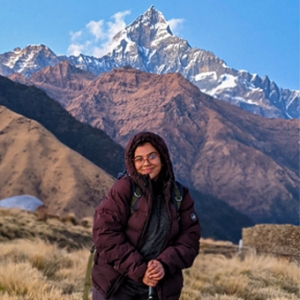Spiritual and Cultural Aspects of Kailash Manasarovar Yatra
The Kailash Manasarovar Yatra is not only a trek through the Himalayas but also a deeply spiritual journey that intertwines the natural beauty of the region with profound religious significance. This pilgrimage offers a unique opportunity for introspection, spiritual growth, and connection with the divine.
Parikrama (Kora)
The Parikrama, or circumambulation of Mount Kailash, is a central aspect of the Yatra. This ritual is significant across multiple religions, including Hinduism, Buddhism, Jainism, and Bon. Pilgrims undertake a 53-kilometer trek around the mountain, which is believed to cleanse sins and bring about spiritual enlightenment.
- Hinduism: Hindus regard the Parikrama as a journey to the residence of Lord Shiva and Goddess Parvati. Completing the circumambulation is thought to provide spiritual liberation (moksha) and the ultimate blessing of the divine.
- Buddhism: For Buddhists, walking around Mount Kailash represents the path to enlightenment. The mountain is associated with Demchok, a deity of supreme bliss. Circumambulating it purifies the soul and accumulates merit for the next life.
- Jainism: Jains believe that Mount Kailash is where their first Tirthankara, Rishabhanatha, attained nirvana. The Parikrama is a journey of spiritual purification and liberation.
- Bon: In the Bon tradition, the circumambulation is performed counterclockwise. Bonpos sees Kailash as a symbol of spiritual ascent and purification.

Lake Manasarovar
Adjacent to Mount Kailash, Lake Manasarovar is one of the highest freshwater lakes in the world, situated at an altitude of 4,590 meters. It holds immense spiritual significance across several religions.
Hindu Beliefs: Hindus consider Lake Manasarovar to be the epitome of purity. The lake's name is derived from the Sanskrit words "Manas" (mind) and "Sarovar" (lake), indicating its divine origin from the mind of Lord Brahma. Bathing in its waters is believed to purify the soul and wash away sins. Pilgrims often collect its holy water for rituals and personal purification.
Buddhist Practices: Buddhists hold the lake in high esteem, viewing it as a representation of clarity and enlightenment. The pristine waters are thought to have the power to cleanse both the mind and body, facilitating spiritual awakening and tranquility.
The serene environment around Lake Manasarovar provides an ideal setting for meditation and reflection, enhancing the spiritual experience of the pilgrimage.

Gauri Kund
Gauri Kund, also known as the Lake of Compassion, is a sacred site near Mount Kailash. It is intimately linked with the goddess Parvati, the consort of Lord Shiva. According to Hindu mythology, Gauri Kund is the place where Parvati created her son, Lord Ganesha.
Spiritual Significance: The lake is revered for its association with Parvati. Pilgrims visit Gauri Kund to seek blessings for compassion, wisdom, and strength. The serene waters and the surrounding natural beauty create a peaceful environment conducive to meditation and introspection.
The journey to Gauri Kund, situated at a high altitude, involves a challenging trek. However, the spiritual rewards and the sense of connection with the divine make it a significant stop for pilgrims undertaking the Kailash Manasarovar Yatra.
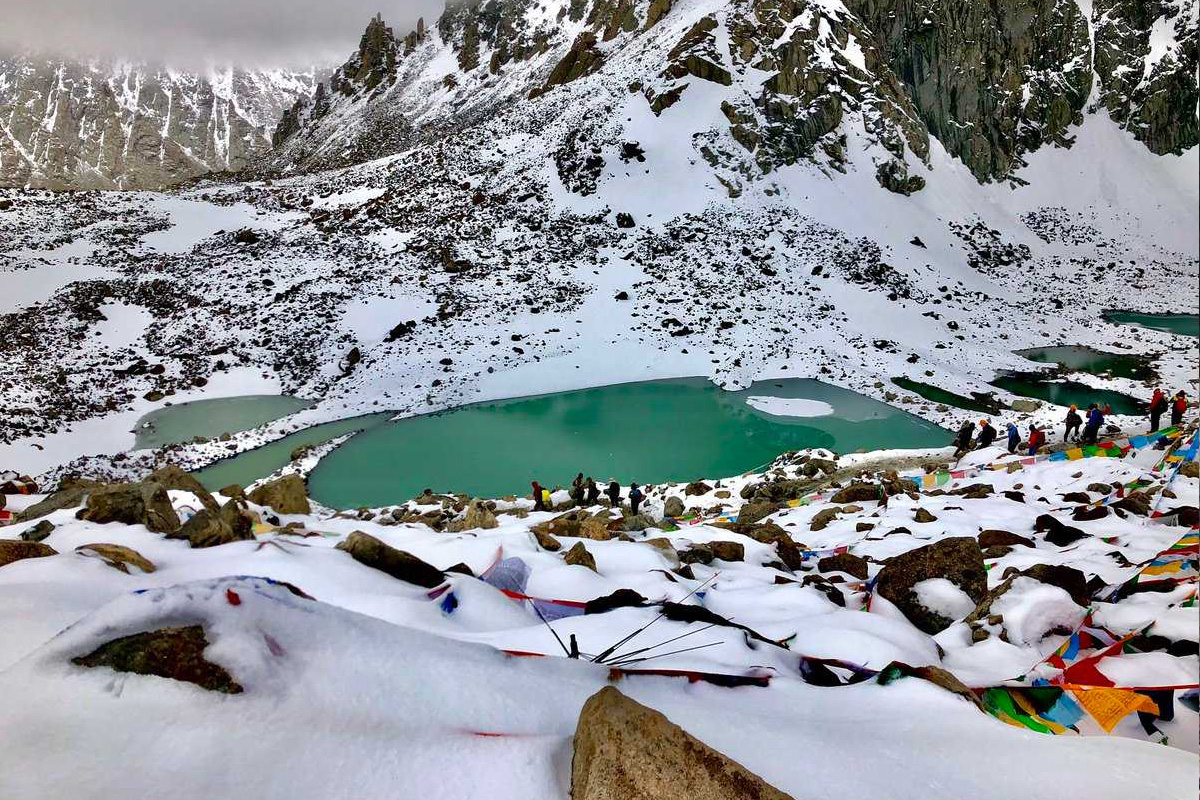
Popular Itinerary for Kailash Manasarovar Yatra from Nepal
Day 1: Arrival in Kathmandu
Day 2: Kathmandu Sightseeing
Day 3: Drive to Dhunche
Day 4: Drive to Kerung
Day 5: Drive to Saga via Gung Tang La Pass
Day 6: Drive to Manasarovar Lake
Day 7: Drive to Darchen
Day 8: Mt. Kailash Kora: DAY 1: Trek to Dirapuk
Day 9: Mt. Kailash Kora: DAY 2: Trek to ZuthulPhuk via Dolma La Pass (5,630 m)
Day 10: Mt. Kailash Kora: END: Trek back to Darchen and Drive back to Saga (4,640 m)
Day 11: Drive from Saga to Kerung
Day 12: Drive Kerung to Kathmandu
Day 13: Departure Day
Discover more in-depth itineraries about the Kailash Manasarovar Overland Tour From Nepal, here.
Highlights of Mount Kailash Manasarovar Yatra
- Immerse yourself in the rich cultural heritage of Kathmandu, exploring ancient temples, bustling markets, and vibrant city life.
- Travel across the breathtaking landscapes of the Himalayas, with panoramic vistas of snow-capped peaks, pristine lakes, and remote Tibetan villages.
- Embark on a sacred pilgrimage to the revered Mount Kailash and Lake Manasarovar, revered by Hindus, Buddhists, Jains, and Bon followers
- Undertake the challenging Mount Kailash Kora Trek, crossing high mountain passes and rugged terrain while experiencing the thrill of adventure
- Participate in rituals, prayers, and meditation sessions amidst the serene surroundings of Lake Manasarovar and Mount Kailash, seeking inner peace and enlightenment.
- Engage with local communities and nomads along the route, gaining insights into traditional Tibetan culture and way of life.
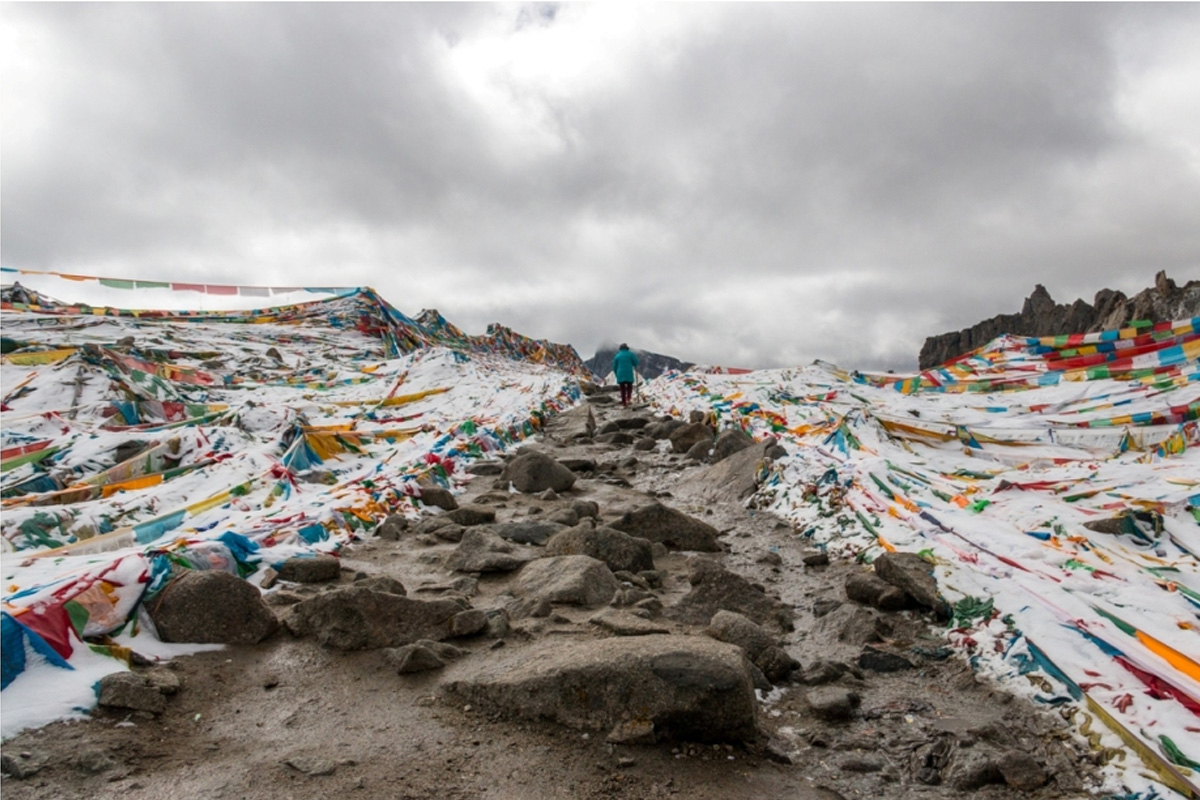
Route Options for Kailash Manasarovar Yatra
There are several routes to undertake the Kailash Manasarovar Yatra, each offering a unique set of challenges and experiences:
- Overland Route from Kathmandu: This popular route involves a bus ride from Kathmandu to the Sino-Nepal border, followed by a journey through Gyirong to Darchen, the starting point of the Kora. This route offers breathtaking views of the Himalayas but requires acclimatization stops at places like Saga and Paryang.
- Simikot-Hilsa Route: This shorter and more challenging route begins with a flight or bus ride to Nepalgunj, then a trek from Simikot to the Nara La Pass, and finally reaching Darchen via Hilsa. This route involves significant trekking through rugged terrain.
- Lhasa Route: Starting with a flight to Lhasa, this route includes a scenic drive through the Tibetan plateau, passing landmarks like the Potala Palace and Jokhang Temple, before reaching Darchen.
- Nathu La Pass Route: This route through Sikkim is longer and more demanding, but it offers stunning Himalayan views. It involves overland travel and provides a culturally rich experience.
However, as of 2024, the Nathu La Pass Route has been temporarily closed to prevent excess crowding.

Best Time for Kailash Manasarovar Yatra
The best time for the Kailash Manasarovar Yatra is typically from late May to September, encompassing the summer months and early autumn. This time of the year offers the most favorable weather conditions for pilgrims undertaking this spiritually significant journey in the Himalayas. During these months, the weather is generally mild and helpful for trekking, with warmer temperatures during the day and cooler nights. This makes the high-altitude terrain more accessible and comfortable to navigate, minimizing the risk of encountering harsh winter conditions or impassable snow-covered paths.
Moreover, late spring and summer coincide with the peak pilgrimage season, allowing pilgrims to participate in rituals, ceremonies, and cultural festivities along the route. It's a time when sacred sites such as Mount Kailash and Lake Manasarovar are more accessible, facilitating meaningful spiritual experiences such as circumambulating the holy mountain and taking dips in the purifying waters of the lake. The cultural vibrancy during this period, including festivals like Saga Dawa and Guru Purnima, further enriches the pilgrimage, providing opportunities for deeper engagement with the local traditions and community.
Physical Fitness Requirement for Kailash Manasarovar Yatra
Due to the high altitudes and rugged terrain, maintaining good physical fitness is crucial for the Kailash Manasarovar Yatra.
- Engaging in regular exercises, including both cardiovascular and strength training, is essential to build the stamina and resilience needed for the trek.
- Cardio exercises such as running, swimming, or cycling help improve cardiovascular health and endurance, while strength training, particularly focusing on the legs, back, and core muscles, enhances the ability to handle the physically demanding terrain.
- Practicing yoga and breathing exercises can also aid in acclimatization to high altitudes and improve mental preparedness.
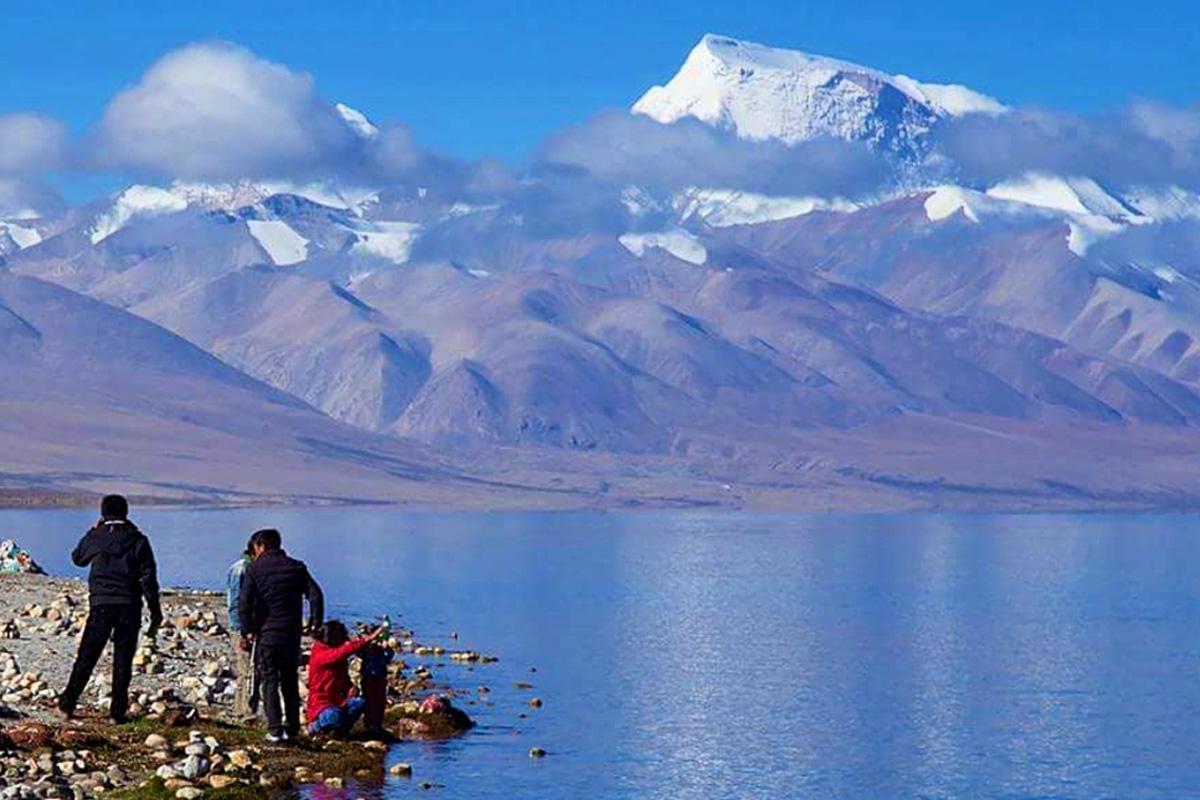
Food and Water facilities during the Kailash Manasarovar Yatra
Given the isolated and difficult terrain of the Himalayas, food and water are essential considerations during the Kailash Manasarovar Yatra.
The majority of the food served throughout the Kailash Yatra is vegetarian, according to the nutritional needs of the pilgrims who travel, including Buddhist, Jain, and Hindu ones. Rice, lentils (dal), veggies, chapatis (flatbread), and occasionally regional dairy items like paneer and yogurt make up a typical meal. The food options throughout the yatra are straightforward and nourishing, with an emphasis on maintaining the energy levels required for high-altitude trekking. Because there aren't many cooking facilities in rural places, local dishes are usually simple to prepare and depend on. To lower their risk of gastrointestinal problems, pilgrims are advised to eat only prepared food and to stay away from raw veggies and uncooked salads.
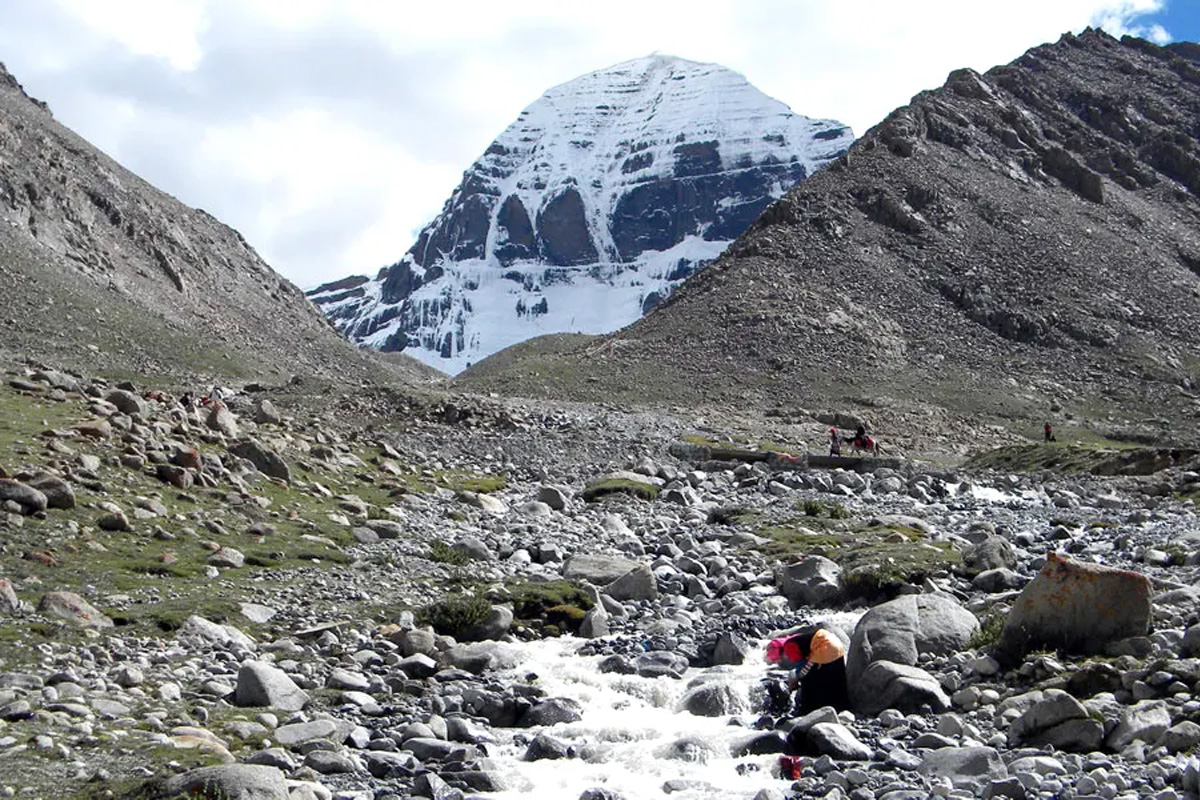
Ensuring access to safe drinking water is critical during the yatra. Pilgrims are advised to carry their own reusable water bottles and use water purification methods such as water purification tablets, filters, or boiling water to make it safe for consumption. Find more about Water Purification Techniques while trekking,here.
Bottled water may be available for purchase at certain guesthouses or towns along the route, but availability can be inconsistent. It's essential to stock up on water whenever possible, especially before embarking on remote stretches of the journey.
Due to the high altitude and dry climate, staying hydrated is crucial. Pilgrims are encouraged to drink plenty of water throughout the day, even if they do not feel thirsty, to prevent altitude-related illnesses and maintain overall well-being.
Visa Requirement for Kailash Yatra
Obtaining the necessary permits and visas is mandatory for the Kailash Manasarovar Yatra. This includes a China Group Visa and a Tibet Travel Permit. These documents can be acquired through authorized travel agencies. The application process involves submitting a completed form, including a photocopy of your passport and Chinese visa, paying the application fee, and waiting for the permit to be issued, which can take up to two weeks. It is advisable to start this process well in advance to avoid any last-minute hassles
For detailed information on visa requirements for Tibet, visit here.
Altitude Sickness during Kailash Manasarovar Yatra
Altitude sickness, also known as acute mountain sickness (AMS), is a common concern for pilgrims embarking on the Kailash Manasarovar Yatra due to the high altitudes encountered along the journey. The yatra, which involves trekking through rugged terrain in the Himalayas, can reach altitudes exceeding 5,000 meters (16,400 feet), posing a high risk of AMS to those who are not acclimatized.
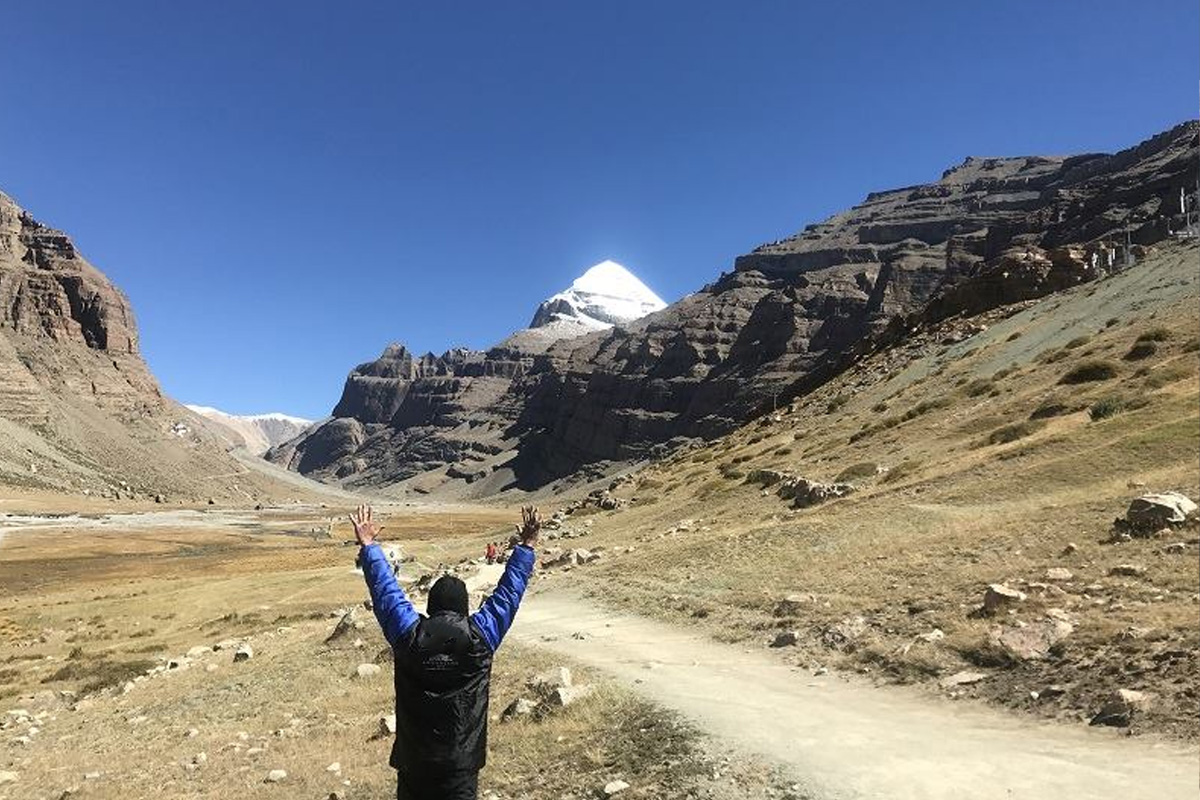
Symptoms of altitude sickness may include headaches, nausea, dizziness, fatigue, and shortness of breath. Participants must acclimatize gradually, stay hydrated, and listen to their bodies to prevent or manage AMS. Pilgrims are advised to consult healthcare professionals before the journey and be aware of emergency protocols in case symptoms worsen. Despite the spiritual significance of the Kailash Manasarovar Yatra, ensuring personal health and safety remains paramount when navigating the challenges of high-altitude trekking.
Find out more about Acute Mountain Sickness and its Prevention, here.
Cross Cultural Awareness
Cultural Awareness is of paramount importance during the Kailash Manasarovar Yatra, a deeply spiritual pilgrimage for Hindus, Buddhists, Jains, and Bon adherents. The yatra traverses through regions that hold sacred significance to these diverse religious groups, including Mount Kailash and Lake Manasarovar. Pilgrims are highly expected to respect local customs, traditions, and religious practices throughout their journey.
This includes sticking to dress codes that show modesty and reverence, participating respectfully in rituals and ceremonies, and treating holy sites with utmost appreciation and cleanliness. Furthermore, understanding and appreciating the cultural diversity among fellow pilgrims and local communities fosters harmony and mutual respect, enriching the spiritual experience of all participants. By embracing cultural sensitivity, pilgrims can contribute positively to the preservation and continuation of the sacred traditions associated with the Kailash Manasarovar Yatra.
Explore Tibet Lhasa Cultural Tour, here.
Accommodation during Kailash Manasarovar Yatra
Accommodation options during the Kailash Manasarovar Yatra vary from basic guesthouses and lodges to tented camps. In towns like Darchen and Saga, local guest houses offer modest rooms with shared facilities, providing a simple but necessary place to rest.
Some pilgrims choose to stay in monastery guesthouses, which offer a unique cultural experience despite their minimal amenities.
Along the trekking route, the tour operators set up tented camps, providing essential shelter and communal dining arrangements. In larger towns such as Taklakot and Saga, basic hotels offer more comfortable accommodations with private rooms and attached bathrooms. Due to the high demand during peak seasons, it is essential to book accommodations well in advance. Regardless of the type, all accommodations are generally basic, with limited amenities, and pilgrims should be prepared for variable conditions.

Internet, Electricity, and Network Availability during the Kailash Manasarovar Yatra
During the Kailash Manasarovar Yatra, access to electricity, internet, and network connectivity is limited and varies depending on the specific route and accommodations chosen for the pilgrimage.
In remote areas along the Kailash Yatra route, especially during the trekking and camping portions, electricity may not be available or may be occasional. Some guesthouses or lodges along the route may have limited hours of electricity powered by generators or solar panels. Pilgrims are highly advised to carry portable power banks or solar chargers to keep essential devices like phones and cameras charged.
Internet access is generally very limited along the Kailash Manasarovar Yatra route. In some towns or guesthouses, there might be occasional access to slow and unreliable Wi-Fi connections, but pilgrims should not rely on consistent internet access. It's advisable to inform family and friends beforehand about the communication limitations during the journey.
Mobile network coverage is sparse and often nonexistent in many remote areas along the Kailash Yatra Route, especially once you leave populated towns or settlements. Major network providers may have limited coverage in towns like Darchen or Saga, but beyond these points, expect little to no signal. Satellite phones are sometimes used for emergency communications, but they are not commonly available for personal use.
Can I go to Kailash Manasarovar on my own?
No, only group visas are permitted for the Kailash Manasarovar Yatra by China, hence solo traveling is not allowed.
Traveling through remote areas of Tibet, China, requires many licenses, such as a China Group Visa and a Tibet Travel Permit, which are not available on their own. These permissions have to be obtained through licensed tour operators that focus on the Kailash Manasarovar Yatra. It's also necessary to join an organized group trip of at least 4 people because the journey requires navigating high-altitude terrain and following local restrictions. These organizations offer the required assistance, such as lodging, transportation, guides, and emergency services, making the pilgrimage safer and easier to organize.
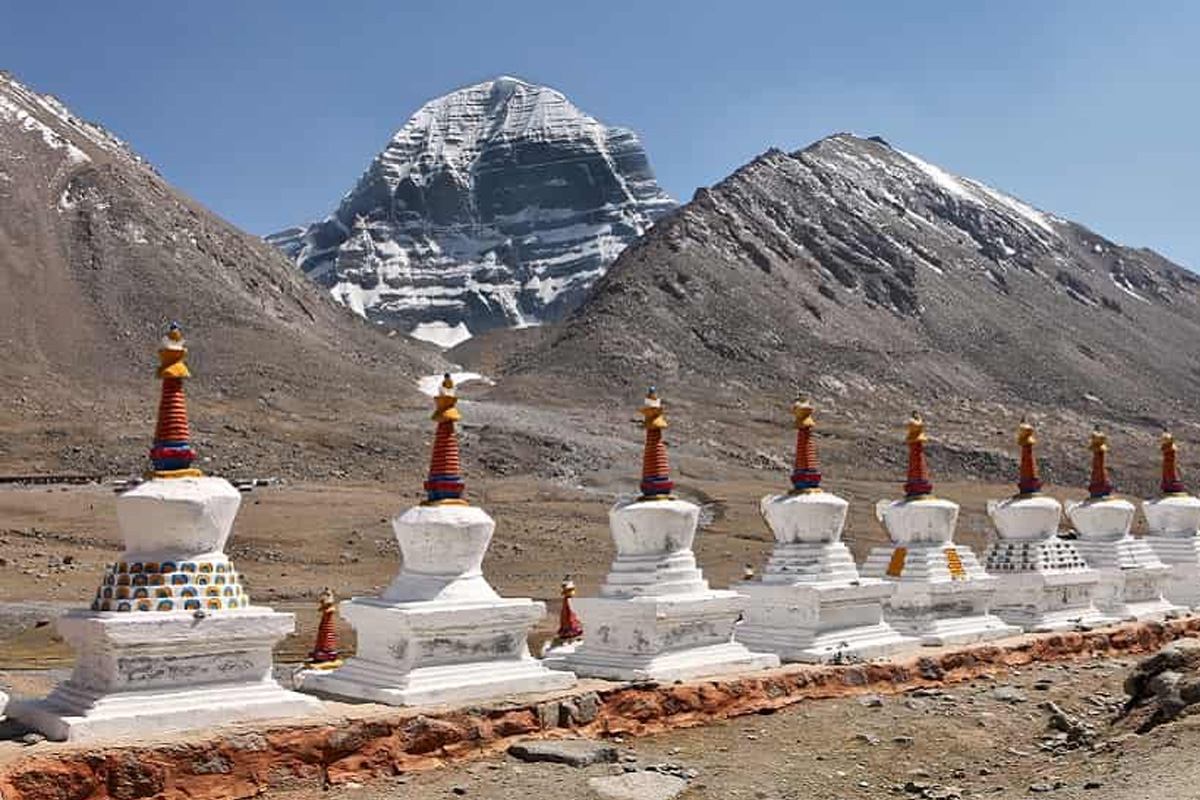
Difficulty level of Kailash Manasarovar Yatra
Mount Kailash Yatra is considered one of the most difficult pilgrimage tours in the world. This yatra takes you to the elevation of 5,630 m above sea level, where the air is thinner and the risk of altitude sickness is very high.
The yatra involves crossing high-altitude mountain passes like Dolma La Pass which requires a high level of physical and mental fitness. The terrain is rugged with rocky paths and steep ascents and descents which can cause difficulty for pilgrimages with low physical fitness, Weather conditions in the Himalayas can be harsh and unpredictable, ranging from intense sun exposure during the day and freezing temperatures during the night with potential of sudden snow or rain.
Basic amenities are scarce along the route to Kailash Manasarovar, which requires pilgrims to be self-sufficient and prepared for minimal comfort. Additionally, mental resilience is very important to endure the physically demanding nature of the trek.
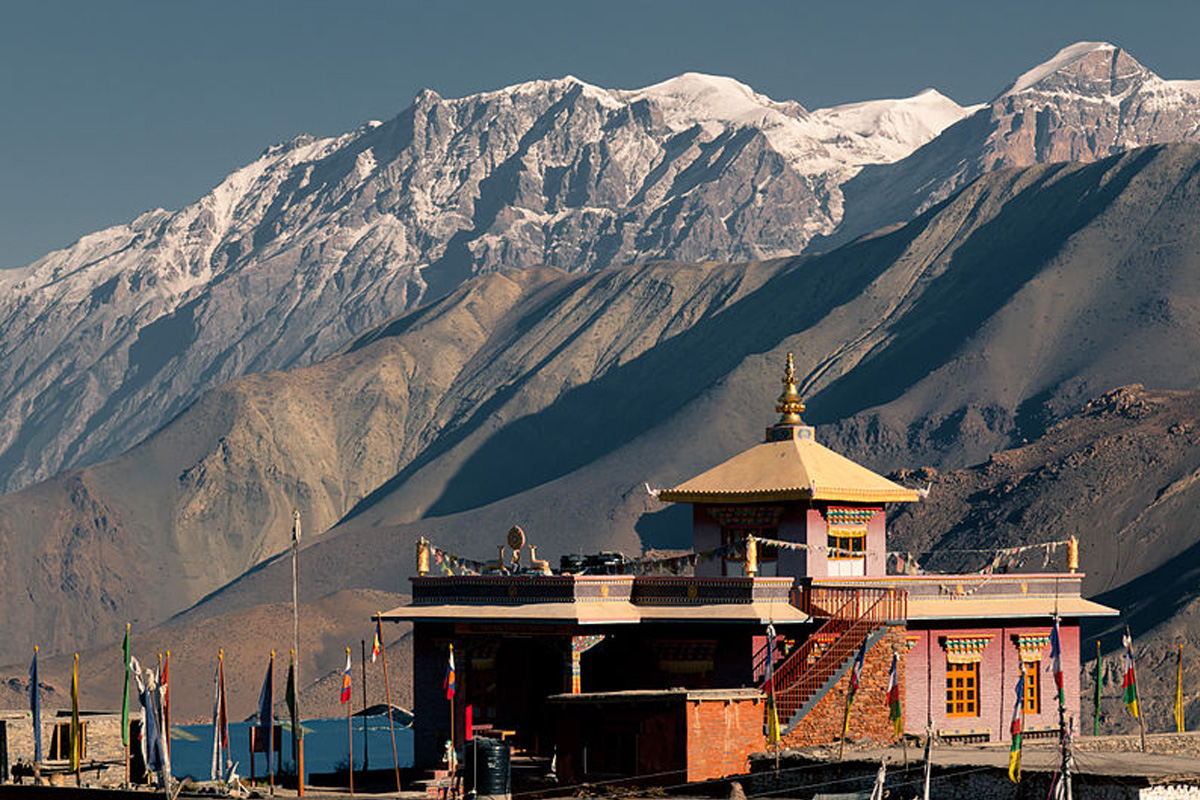
Conclusion
Completing the Kailash Manasarovar Yatra is an intense journey that transcends the physical realm, offering pilgrims and trekkers a deeply spiritual and culturally enriching experience. By understanding the sacred significance of Mount Kailash and Lake Manasarovar, as well as the physical and logistical challenges of the trek, participants can fully prepare for this transformative adventure.
Choosing the right route, whether it be the traditional pilgrimage path or a more modern trekking route, and ensuring proper acclimatization and preparation, are crucial for a safe and fulfilling journey. Support from knowledgeable guides and thorough planning will enhance the experience, allowing participants to fully immerse themselves in the awe-inspiring landscapes and spiritual ambiance.
With this comprehensive Guidebook to the Kailash Manasarovar Yatra, the right mindset, and meticulous preparation, the sacred journey to Mount Kailash and Lake Manasarovar will be an unforgettable and life-changing pilgrimage.
For further information about the Kailash Manasarovar Yatra, contact us, here.














